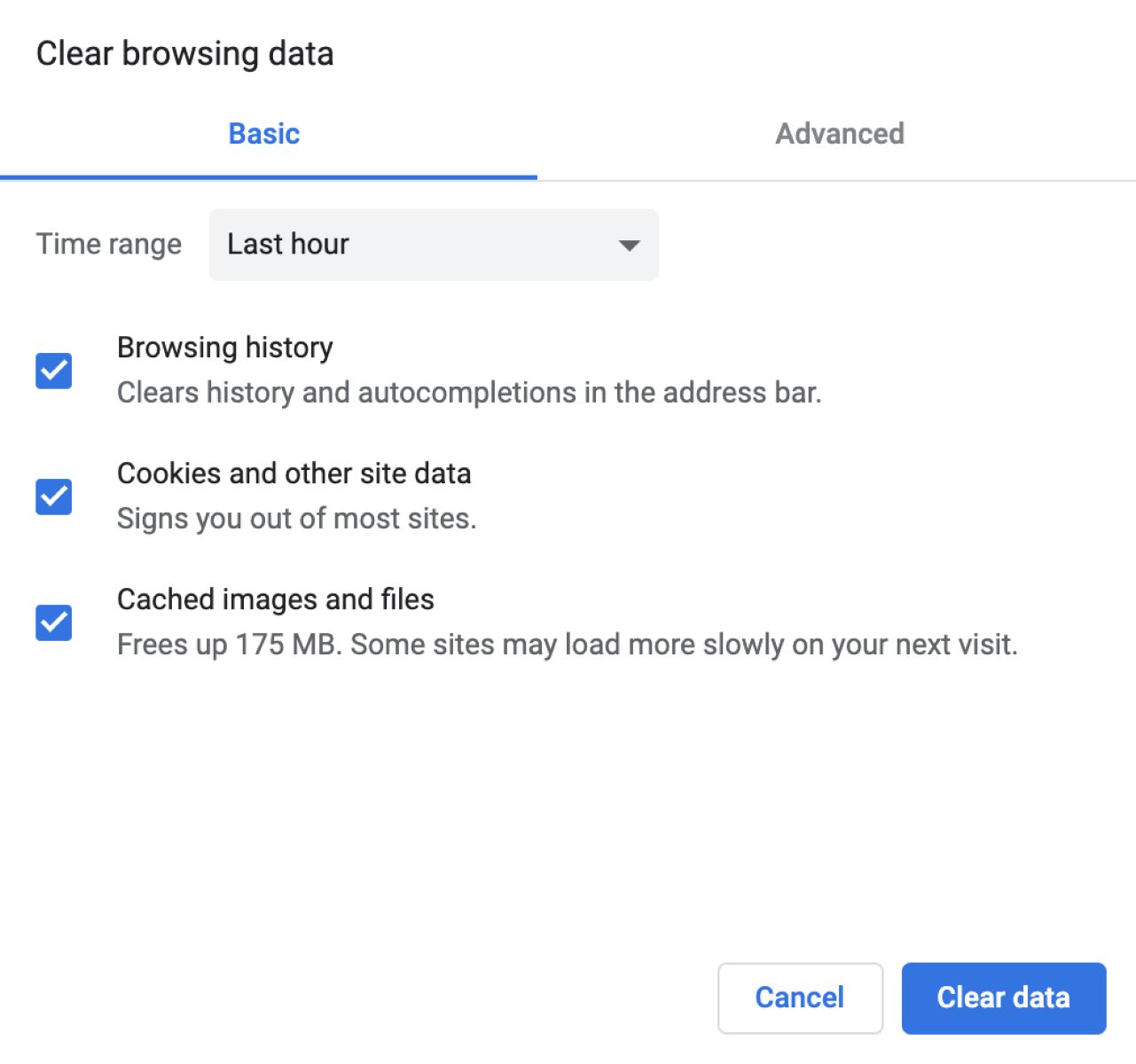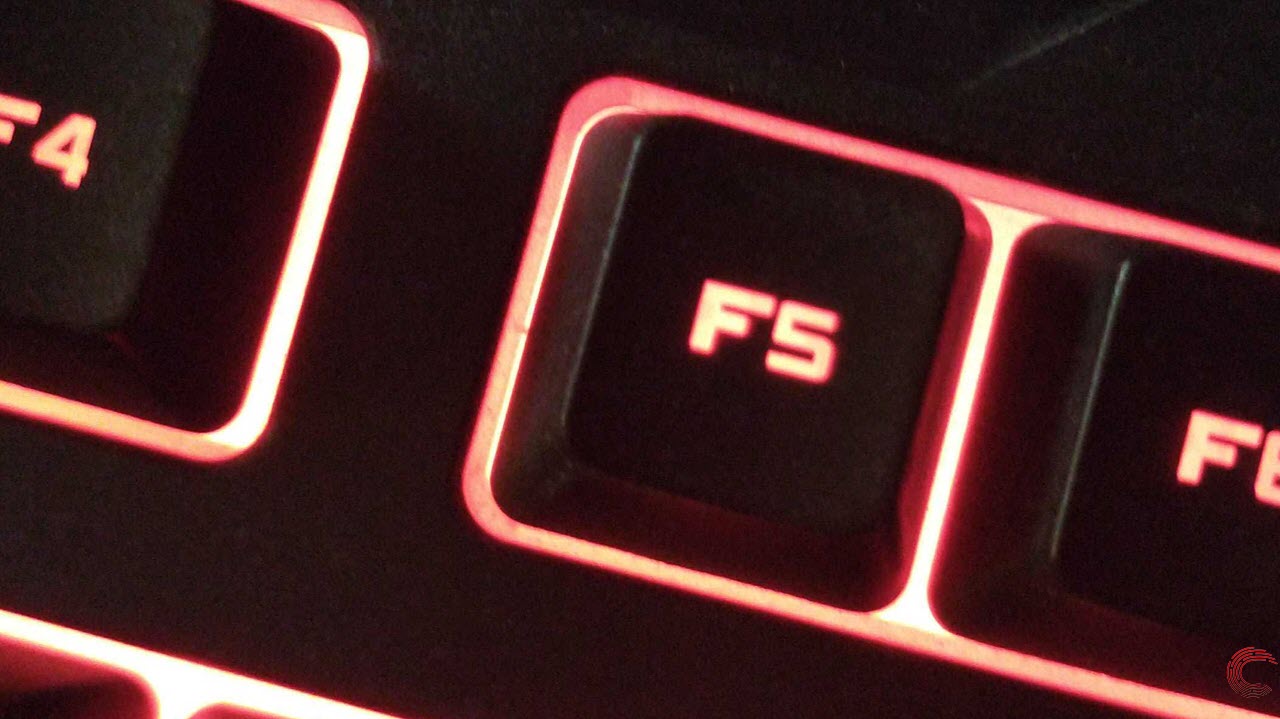Introduction
In the digital realm, web browsers serve as our gateway to the boundless expanse of the internet. Among the myriad of browsers available, Google Chrome stands out as a favorite, offering a seamless and feature-rich browsing experience. However, as we traverse the web, our browsers accumulate a trove of data known as cache. While this cache enhances browsing speed and efficiency, it can also lead to issues such as outdated content display and website errors. This is where the importance of clearing cache and performing a hard reload comes into play.
As we delve into the intricacies of cache management and hard reloading in Chrome, it's essential to understand the underlying concepts and their significance. By comprehending the impact of cache and the benefits of performing a hard reload, users can optimize their browsing experience and ensure they are accessing the most up-to-date content.
In this comprehensive guide, we will explore the nuances of cache, its role in web browsing, and the reasons behind the need to clear it. Additionally, we will delve into the process of performing a hard reload in Chrome, empowering users to refresh web pages thoroughly and bypass cached content. With a clear understanding of these concepts, users can navigate the digital landscape with confidence, knowing how to effectively manage their browsing data and ensure a seamless and up-to-date web experience.
What is Cache?
In the realm of web browsing, the cache plays a pivotal role in shaping our online experience. Essentially, the cache serves as a temporary storage location for various types of data, including images, scripts, and other elements of web pages. When a user visits a website, their browser diligently stores elements of that site in the cache, allowing for quicker access and enhanced performance upon subsequent visits.
The cache operates as a double-edged sword, offering notable benefits while also posing potential drawbacks. On one hand, it significantly boosts browsing speed by retrieving locally stored data instead of re-downloading it from the web server. This results in faster page load times and a smoother overall browsing experience. However, the accumulation of cached data can lead to issues such as outdated content display and website errors.
Moreover, the cache is not limited to storing website data. It also retains information related to browsing history, cookies, and form data, contributing to a personalized and tailored browsing experience for users. This personalized data, while beneficial in many scenarios, can also lead to privacy concerns and the potential for outdated or incorrect information being displayed.
In the context of Google Chrome, the browser's cache is an integral component that optimizes the browsing experience for millions of users worldwide. Understanding the cache's function and impact is crucial for users seeking to maintain a balance between enhanced performance and ensuring they are accessing the most current and accurate content.
As we navigate the intricate web of cache management, it becomes evident that a nuanced understanding of this fundamental aspect of web browsing is essential. By comprehending the inner workings of the cache, users can make informed decisions regarding when and how to clear it, ensuring a seamless and up-to-date browsing experience.
Why Clear Cache and Hard Reload?
Clearing the cache and performing a hard reload in Google Chrome is not merely a routine maintenance task; it is a strategic maneuver to ensure a seamless and accurate browsing experience. The cache, while designed to enhance browsing speed and efficiency, can inadvertently lead to issues such as outdated content display and website errors. This is where the necessity of clearing the cache and executing a hard reload becomes apparent.
When users revisit a website, the browser retrieves elements from the cache to expedite the loading process. While this mechanism significantly boosts performance, it can also result in the display of outdated content. This is particularly problematic for websites that frequently update their content, as users may inadvertently view older versions of the site due to cached data. By clearing the cache, users can ensure that they are accessing the most current and accurate content, thereby mitigating the risk of encountering outdated information.
Furthermore, web developers often make changes to the underlying code and resources of their websites. However, these modifications may not be immediately reflected when users revisit the site due to cached data. This can lead to discrepancies between the displayed content and the actual state of the website. Performing a hard reload circumvents this issue by forcing the browser to re-download all resources from the web server, ensuring that users are presented with the latest version of the web page.
In addition to addressing content staleness, clearing the cache and executing a hard reload can also resolve various website errors. In some instances, cached data may become corrupted or incompatible with recent website updates, leading to functionality issues or visual anomalies. By purging the cache and performing a hard reload, users can effectively troubleshoot these issues and restore the website to its intended state.
By understanding the significance of clearing the cache and performing a hard reload, users can proactively manage their browsing experience, ensuring that they are consistently accessing the most up-to-date content and mitigating potential issues stemming from cached data. This strategic approach empowers users to navigate the web with confidence, knowing that they have the tools to maintain a seamless and accurate browsing experience.
How to Clear Cache in Chrome
Clearing the cache in Google Chrome is a straightforward process that empowers users to ensure they are accessing the most current and accurate content during their browsing sessions. By purging the cache, users can mitigate the risk of encountering outdated information and address potential website errors caused by cached data. The following steps outline the process of clearing the cache in Chrome:
-
Accessing the Clear Browsing Data Menu: To initiate the cache clearing process, users should first navigate to the "Clear browsing data" menu within Chrome. This can be accessed by clicking on the three-dot menu icon in the top-right corner of the browser window and selecting "More tools" followed by "Clear browsing data."
-
Selecting the Data to Clear: Upon accessing the "Clear browsing data" menu, users are presented with a range of data types that can be cleared, including browsing history, cookies, and cached images and files. To specifically clear the cache, users should ensure that the "Cached images and files" option is selected.
-
Choosing the Time Range: Chrome offers the flexibility to clear cached data for a specific time range, allowing users to target data accumulated within a designated period. Users can choose to clear the cache from the past hour, day, week, month, or all time, depending on their preferences and requirements.
-
Initiating the Clearing Process: Once the desired data types and time range have been selected, users can proceed to initiate the cache clearing process by clicking the "Clear data" button. Chrome will then systematically purge the selected data, including the cached images and files, from the browser's storage.
-
Verification and Confirmation: After the cache clearing process is complete, users can verify that the cache has been successfully cleared by visiting websites and observing any changes in content or functionality. This serves as a confirmation that the cache has been effectively purged, ensuring that users are accessing the most up-to-date content during their browsing sessions.
By following these simple yet impactful steps, users can proactively manage their browsing experience and ensure that they are consistently accessing the most current and accurate content. Clearing the cache in Chrome empowers users to maintain a seamless and optimized browsing experience, free from the potential pitfalls of outdated or erroneous cached data.
How to Hard Reload in Chrome
Performing a hard reload in Google Chrome is a strategic maneuver that allows users to bypass cached content and ensure they are accessing the most up-to-date version of a web page. This process is particularly valuable when users encounter discrepancies between the displayed content and the actual state of a website, often stemming from cached data. By executing a hard reload, users can force the browser to re-download all resources from the web server, effectively refreshing the web page and mitigating the impact of cached data. The following steps outline the process of performing a hard reload in Chrome:
-
Accessing the Developer Tools: To initiate a hard reload, users should first access the Developer Tools within Chrome. This can be accomplished by right-clicking anywhere on the web page and selecting "Inspect" from the context menu. Alternatively, users can press
Ctrl + Shift + Ion Windows/Linux orCmd + Option + Ion macOS to open the Developer Tools. -
Triggering the Hard Reload: With the Developer Tools interface open, users can right-click on the browser's refresh button, which is located within the address bar or the Developer Tools panel. Upon right-clicking, a context menu will appear, presenting the option to perform a hard reload. Users should then select the "Hard Reload" or "Empty Cache and Hard Reload" option from the menu to initiate the process.
-
Executing the Hard Reload: Once the "Hard Reload" option is selected, Chrome will proceed to perform the hard reload, bypassing cached content and re-downloading all resources from the web server. This ensures that users are presented with the most current version of the web page, free from the influence of outdated or erroneous cached data.
By following these straightforward yet impactful steps, users can effectively perform a hard reload in Google Chrome, empowering them to refresh web pages thoroughly and bypass the potential pitfalls of cached content. This strategic approach allows users to maintain a seamless and accurate browsing experience, ensuring they are consistently accessing the most up-to-date content during their web exploration.

























